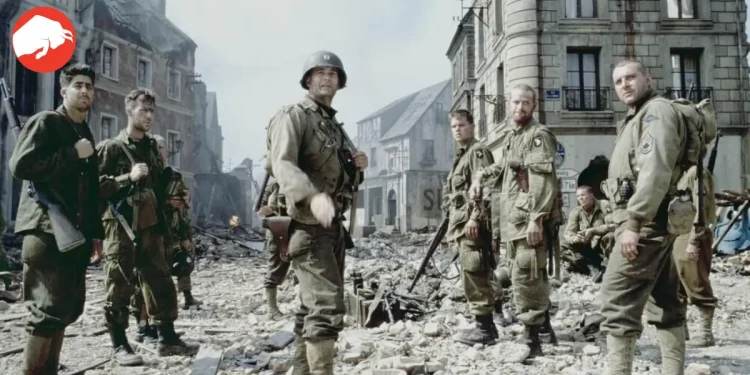The Spotlight on Historical Accuracy in American Civil War Films
The American Civil War—a tumultuous chapter in U.S. history that has seen its story retold countless times in the annals of Hollywood. However, the silver screen has not always been a reliable history teacher. From iconic classics like Gone With the Wind to modern interpretations like Lincoln, let’s dissect the facts and fictions in nine films that dared to retell this polarizing tale.
“As entertaining as the American Civil War movies are, it’s important to note that they are not a form of education. These narratives are usually a dramatization of events.”
The Outlaw Josey Wales: A Revenge-Fueled Odyssey
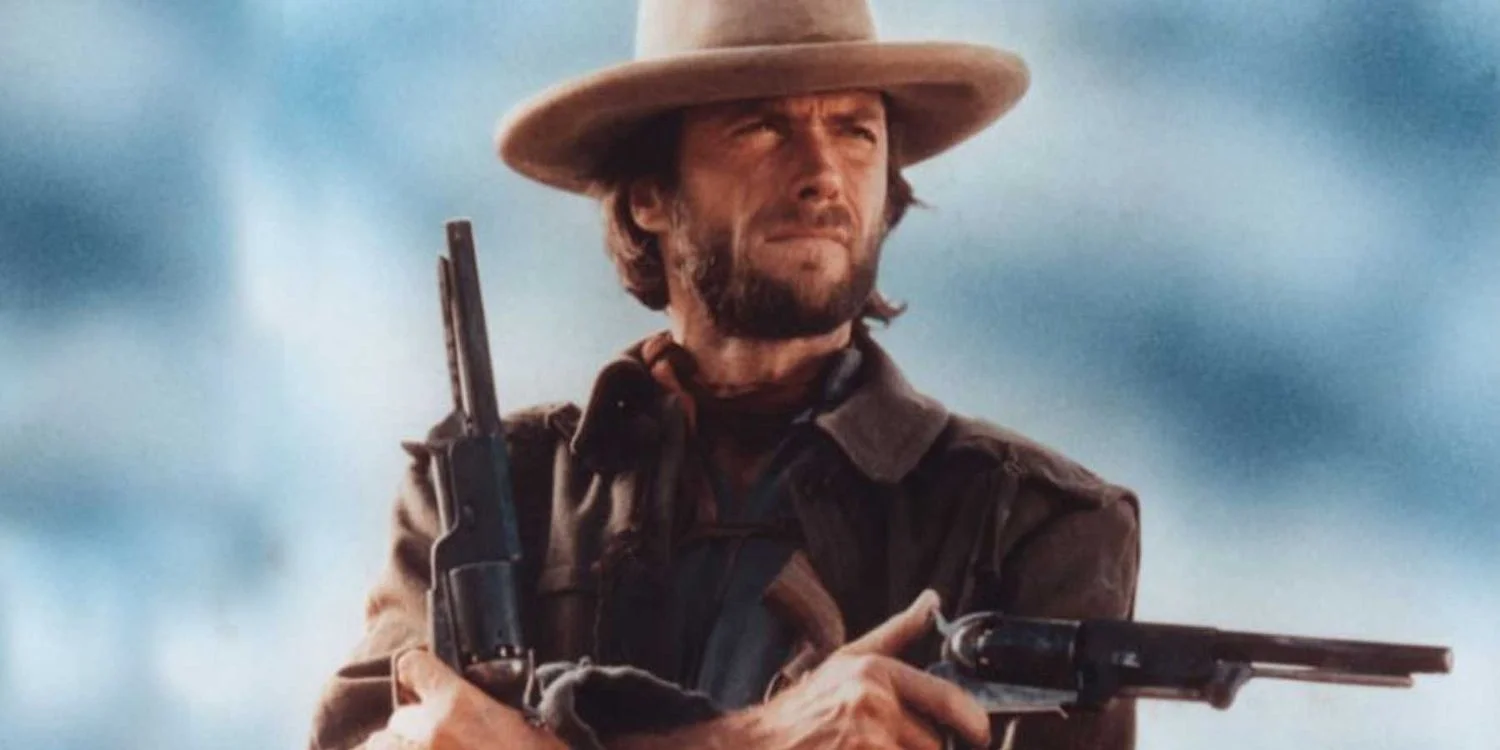
This Clint Eastwood classic from 1976 follows Josey Wales, a Confederate soldier seeking revenge on Union soldiers who slaughtered his family. Yet, historians have critiqued the film’s emotional core, pointing out that the real-life Wales was not fueled by personal vengeance.
“While Wales was a real person — and he did enact violence on Union soldiers — there are some inaccuracies to Eastwood’s interpretation of the character.”
Shenandoah: A Peaceful Man Pushed to War
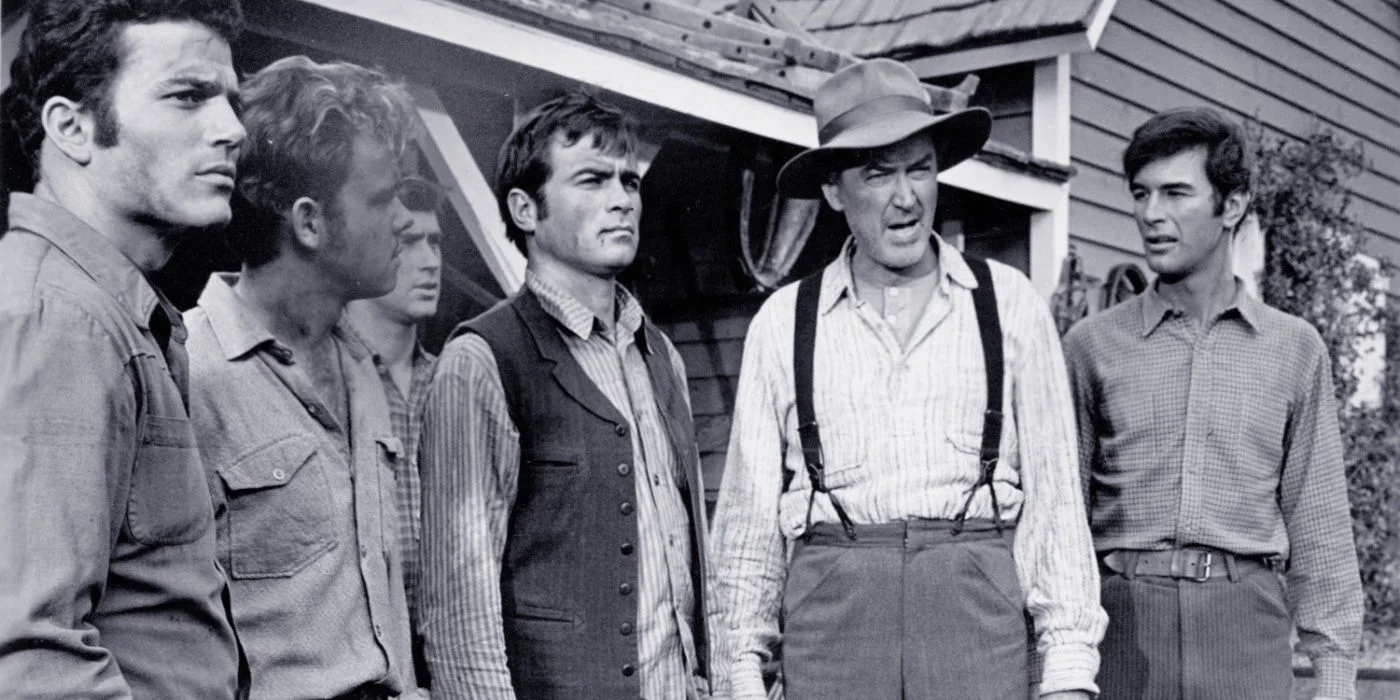
Shenandoah (1965) gets credit for touching on the social fabric of America post the Civil Rights Act of 1964. However, the movie drops the ball on military accuracy, depicting integrated platoons, which is historically incorrect.
“The U.S. military was segregated until after World War II.”
Spielberg’s Lincoln: Mostly Fact, Slightly Fictional
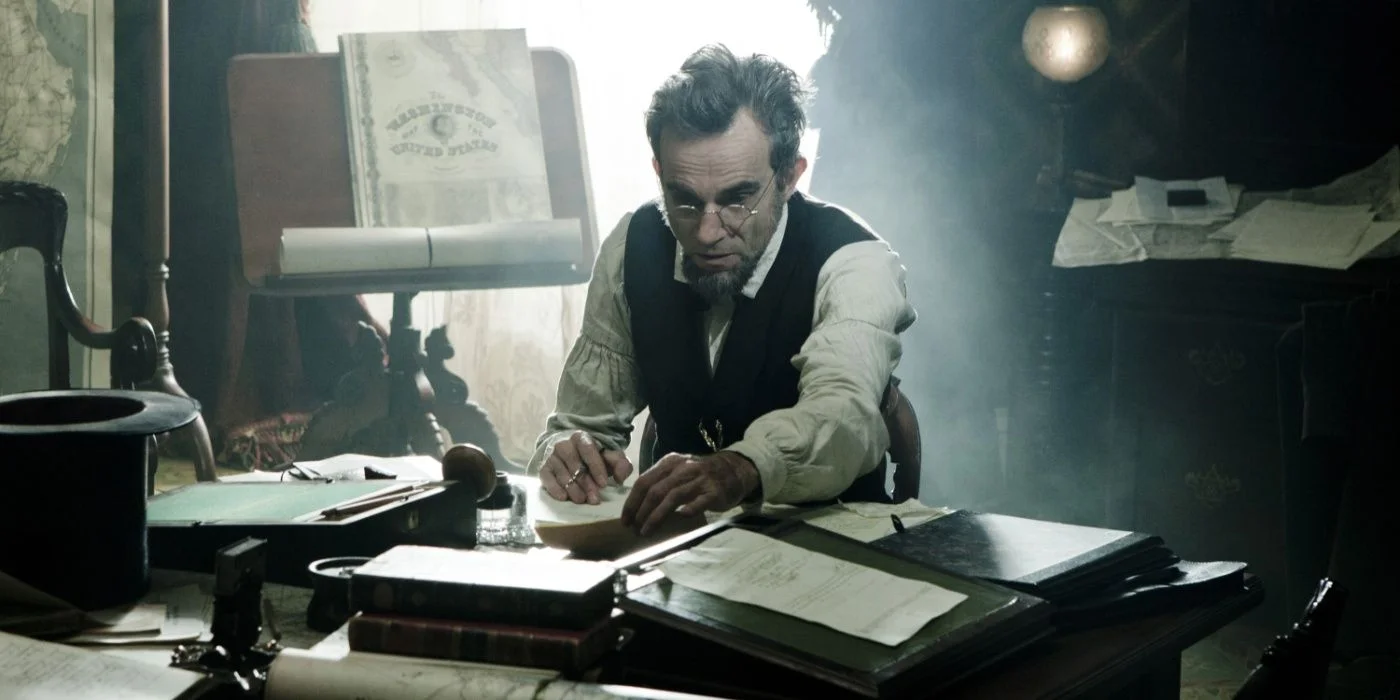
Lincoln (2012) is Spielberg’s acclaimed narrative of America’s 16th President and his battle to pass the 13th Amendment. But even here, purists will find discrepancies. For example, Lincoln’s cabinet was not full of rivals, but loyalists.
“Most of the changes made in regard to historical accuracy were merely for dramatic purposes.”
Cold Mountain: A Romance Amidst Inaccuracy
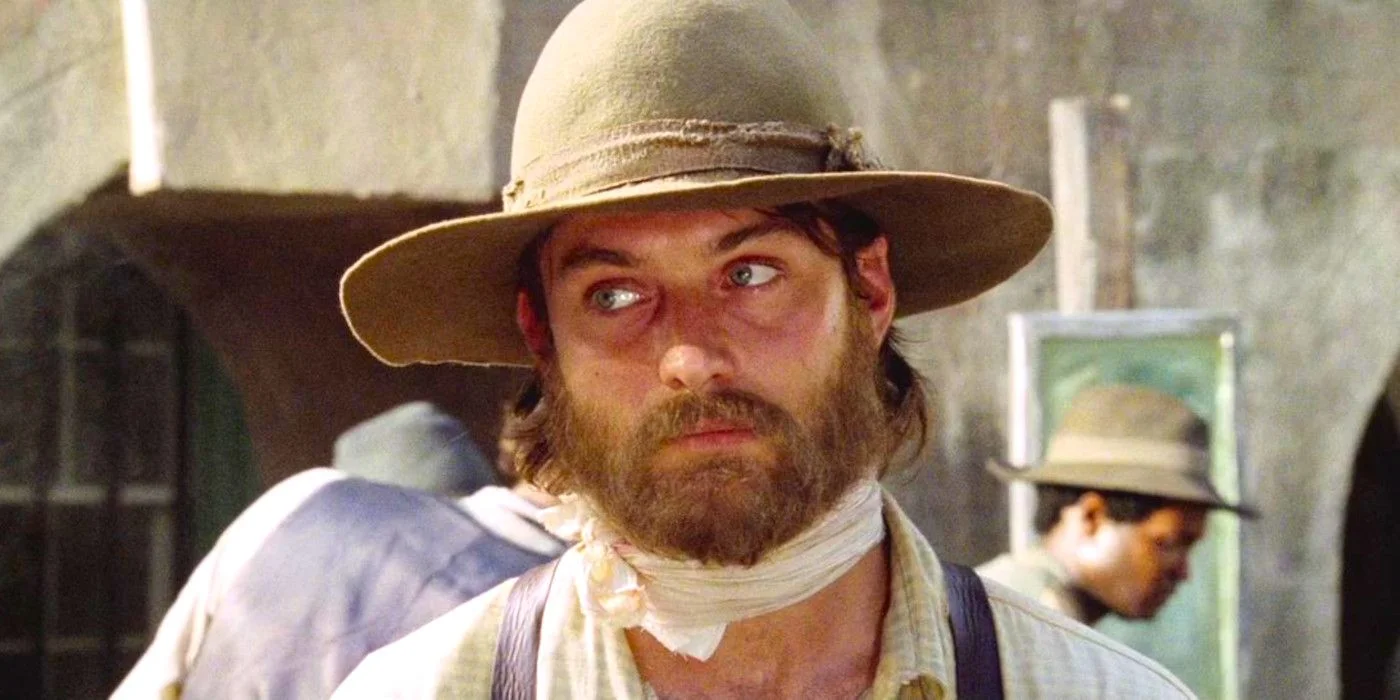
Based on Charles Frazier’s bestseller, Cold Mountain (2003) tells the story of a Confederate deserter racing back to his true love. While captivating, it distorts historical norms on deserter punishments and even daily life.
“The movie used its creative license liberally.”
Glory: Half-Truths about the First African-American Regiment
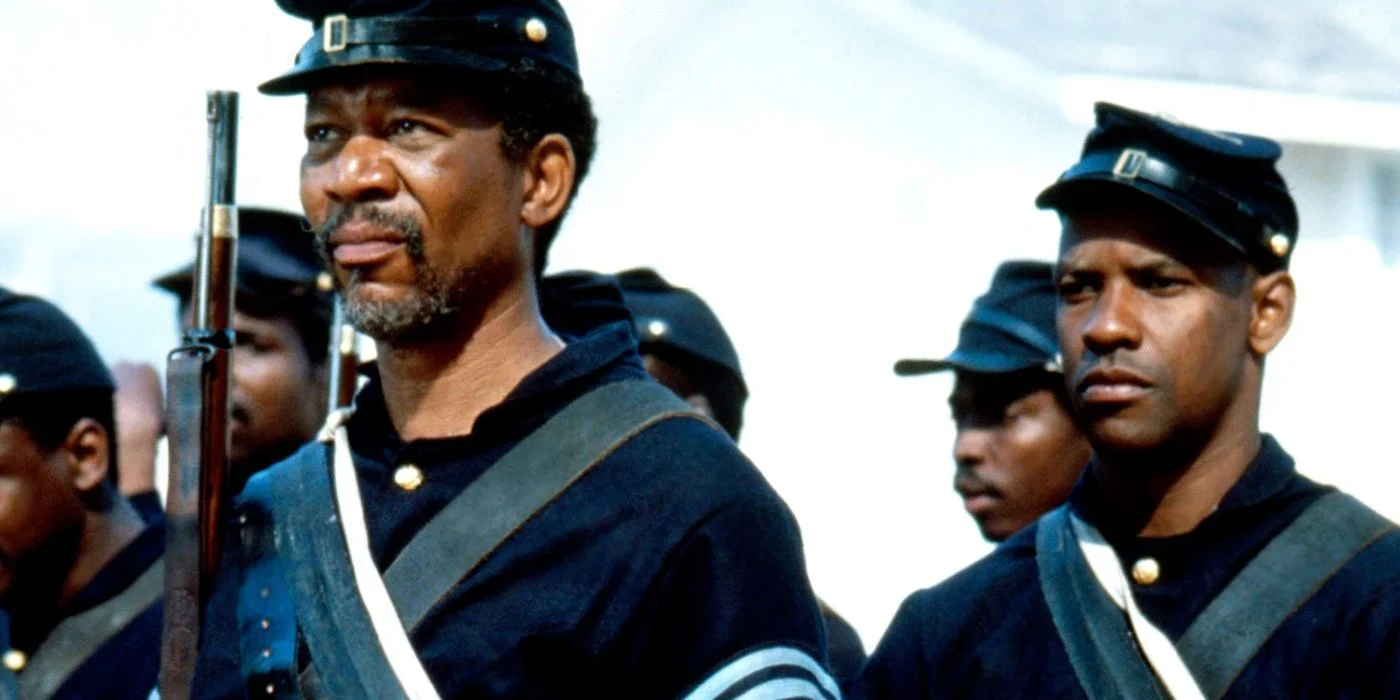
Glory (1989) may shed light on the African-American 54th Massachusetts regiment, but it stumbles in areas like military equipment and soldier backgrounds.
“Governor Andrews actually carefully chose the soldiers and ensured that they had all the equipment they needed.”
Eastwood’s Other: The Good, the Bad, and the Ugly
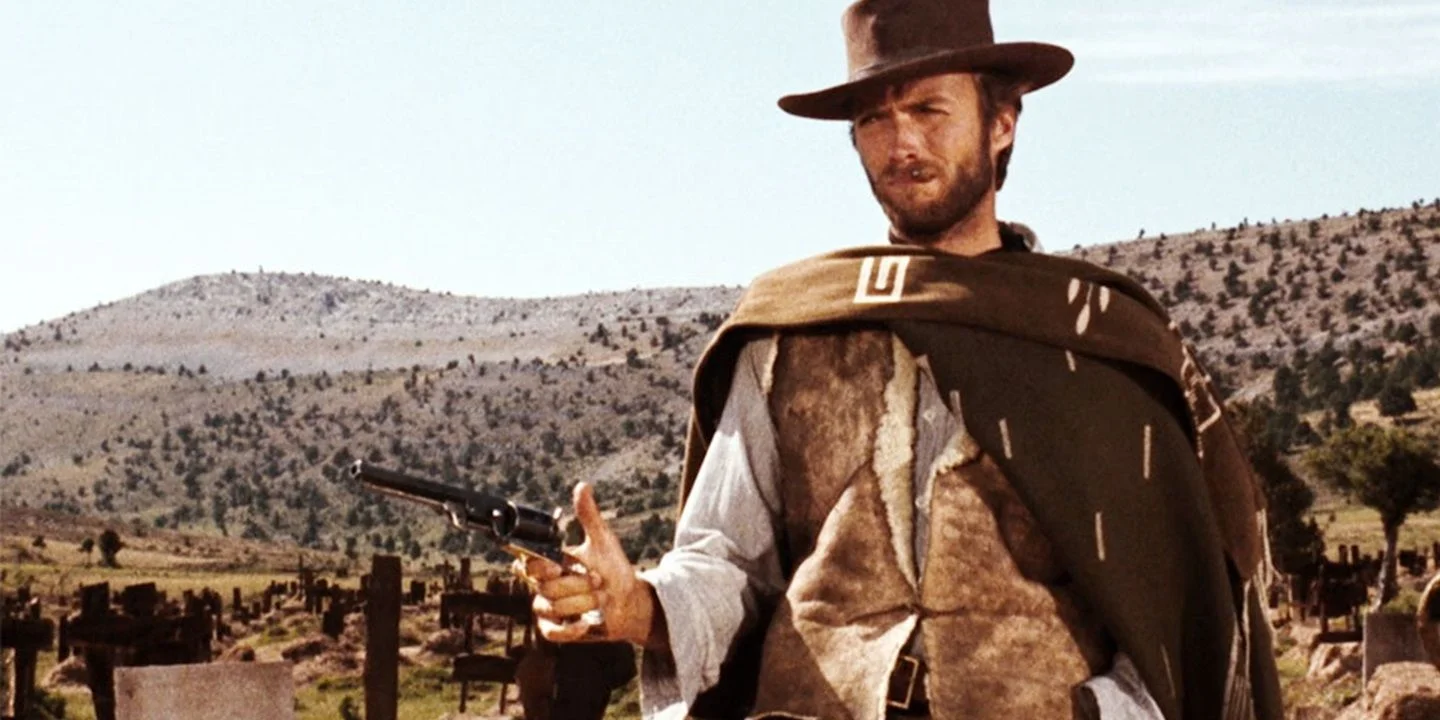
Clint Eastwood returns in this masterpiece about three gunslingers searching for Confederate gold. But historical blunders—like inaccurate use of Gatling guns—prevent it from being a factual retelling.
Gettysburg: Right Battles, Wrong Conversations
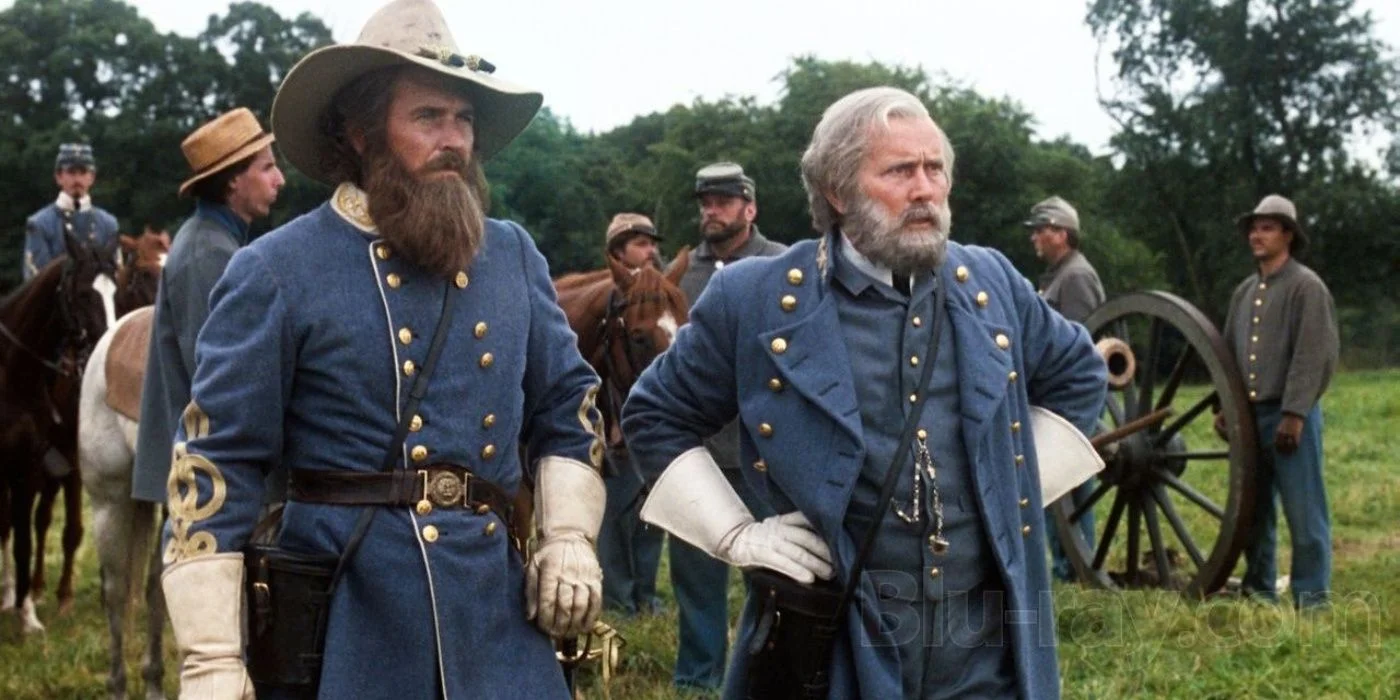
Gettysburg (1993) may nail the specifics of the battle itself, but the film has been criticized for glossing over key figures like Union Major General George Meade.
Andersonville: A Dark Chapter With Some Flickers of Inaccuracy
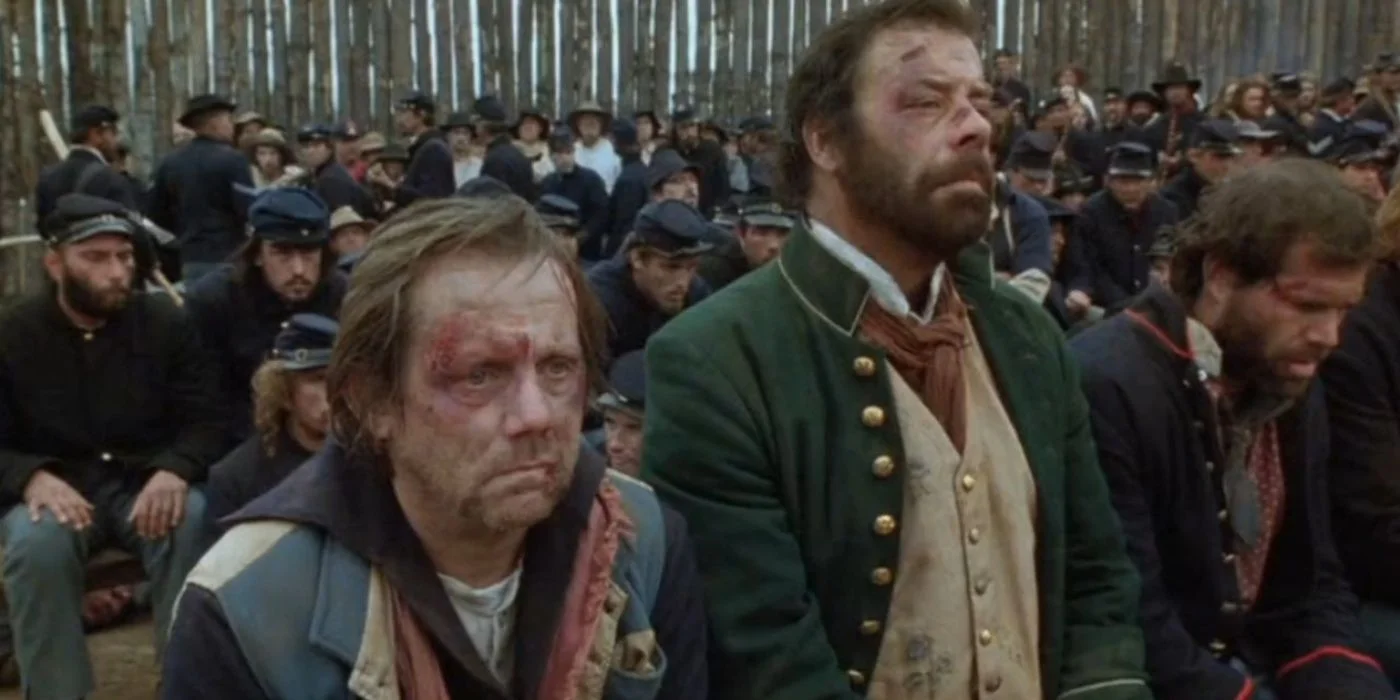
Andersonville (1996) showcases the brutal conditions of Confederate prison camps but distorts the realities of prisoner exchanges during the Civil War.
Gone With The Wind: Fiction in the Guise of History
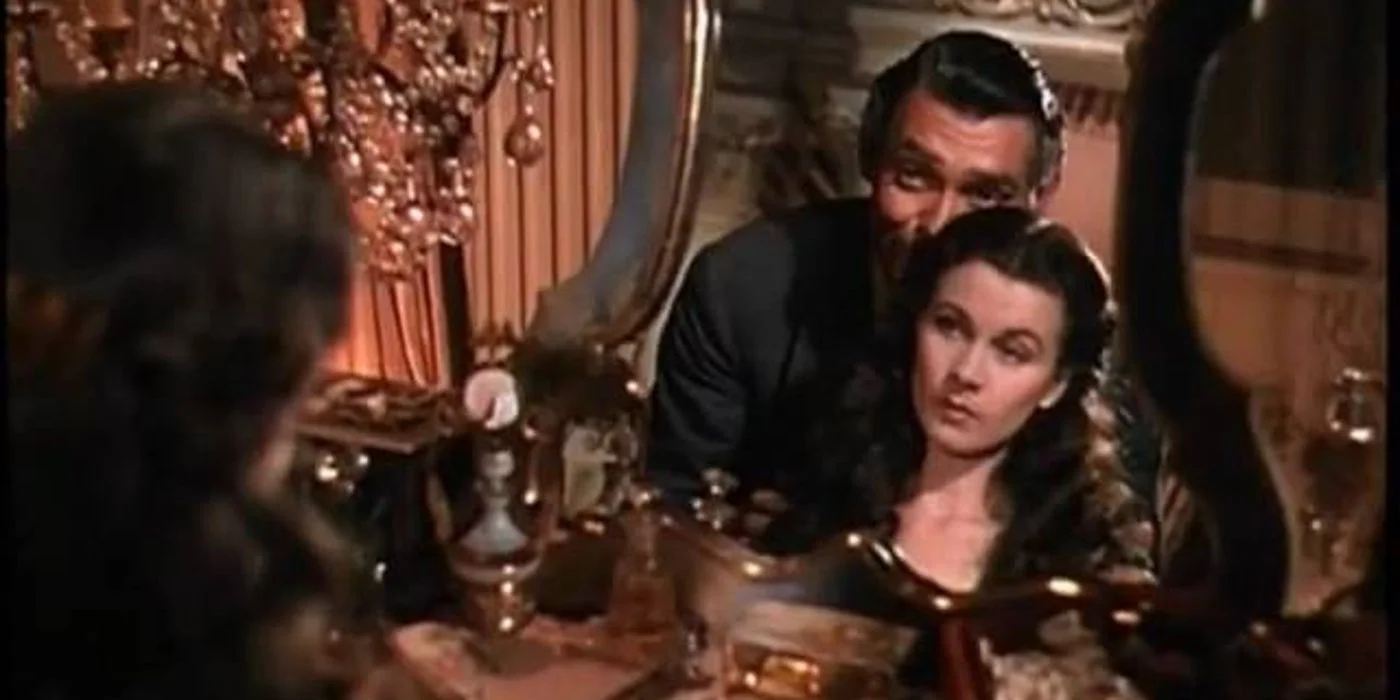
The 1939 epic may be a cinematic landmark, but it’s historically flawed. Its skewed narrative romanticizes slavery and glosses over the harsh realities of the Civil War era.
“Gone With the Wind does nothing to convey the true horrors of the American Civil War.”
The Reel Doesn’t Always Reflect the Real
These films offer compelling storytelling, captivating performances, and high-stakes drama. Yet, it’s crucial to remember they aren’t substitutes for textbooks. When it comes to the Civil War, Hollywood is more about entertainment than education.
So, next time you queue up a Civil War flick, remember: not everything you see is set in historical stone.


